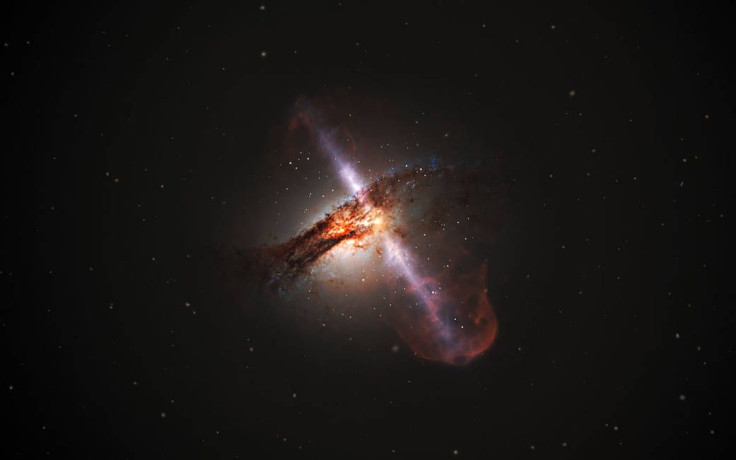NASA Compares Black Holes To Nightmares, Warns They’re All Over The Universe

NASA recently revealed that supermassive black holes, or those that are hundreds to millions of times more massive than the Sun, exist almost everywhere in the universe. According to the agency, these monstrous cosmic objects can be found in nearly every galaxy.
Generally, black holes are classified based on their overall mass. Smaller one, known as stellar-mass black holes have average diameters of about 40 miles. Usually, these kinds of black holes are about 10 times more massive than the Sun.
The larger ones, on the other hand, are known as supermassive black holes. According to NASA, the weight of this kind of black hole can reach millions to hundreds of millions of times more than that of the Sun. The agency noted that these cosmic object can be found at the center of galaxies, such as Milky Way.
In a recent post on Tumblr, NASA stated that these supermassive black holes are so powerful that they can devour anything that comes close to them.
“You know those nightmares where no matter how fast you try to run you never seem to get anywhere?” the agency stated. “Black holes are a sinister possible version of that dream — especially because they’re real! If you get too close to a black hole, there is no possibility of escape.”
According to NASA, its various telescopes deployed in space have detected supermassive black holes in various regions in space due to the signals that they emit.
“Just last year our Fermi Gamma-ray Space Telescope traced an otherworldly ghost particle back to one of these monster black holes, providing additional insight into the many signals we’re picking up from some of the most feared creatures in the cosmic deep,” the agency explained.
Based on observations, NASA concluded that supermassive black holes can be found in almost every part of the universe. Due to the number of these monstrous cosmic objects inhabiting the center of galaxies, the agency noted that every direction in the sky would eventually lead to a supermassive black hole.
“Our Hubble Space Telescope revealed that these things are hidden in the hearts of nearly every galaxy in the universe,” NASA stated. “That means supermassive black holes lurk in the shadows of the night sky in every direction you look!”
© Copyright IBTimes 2025. All rights reserved.





















